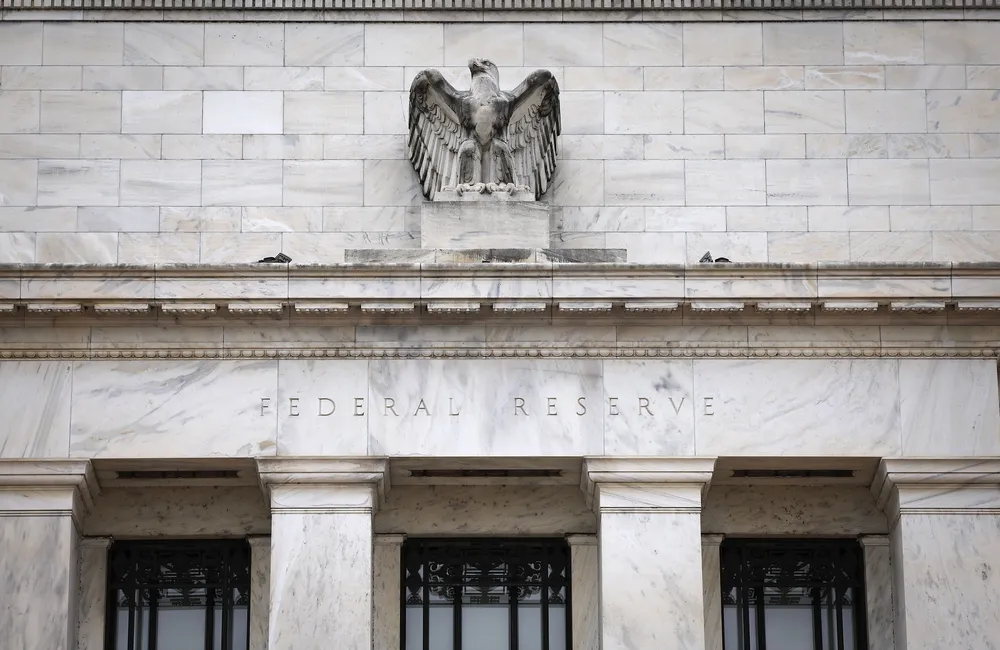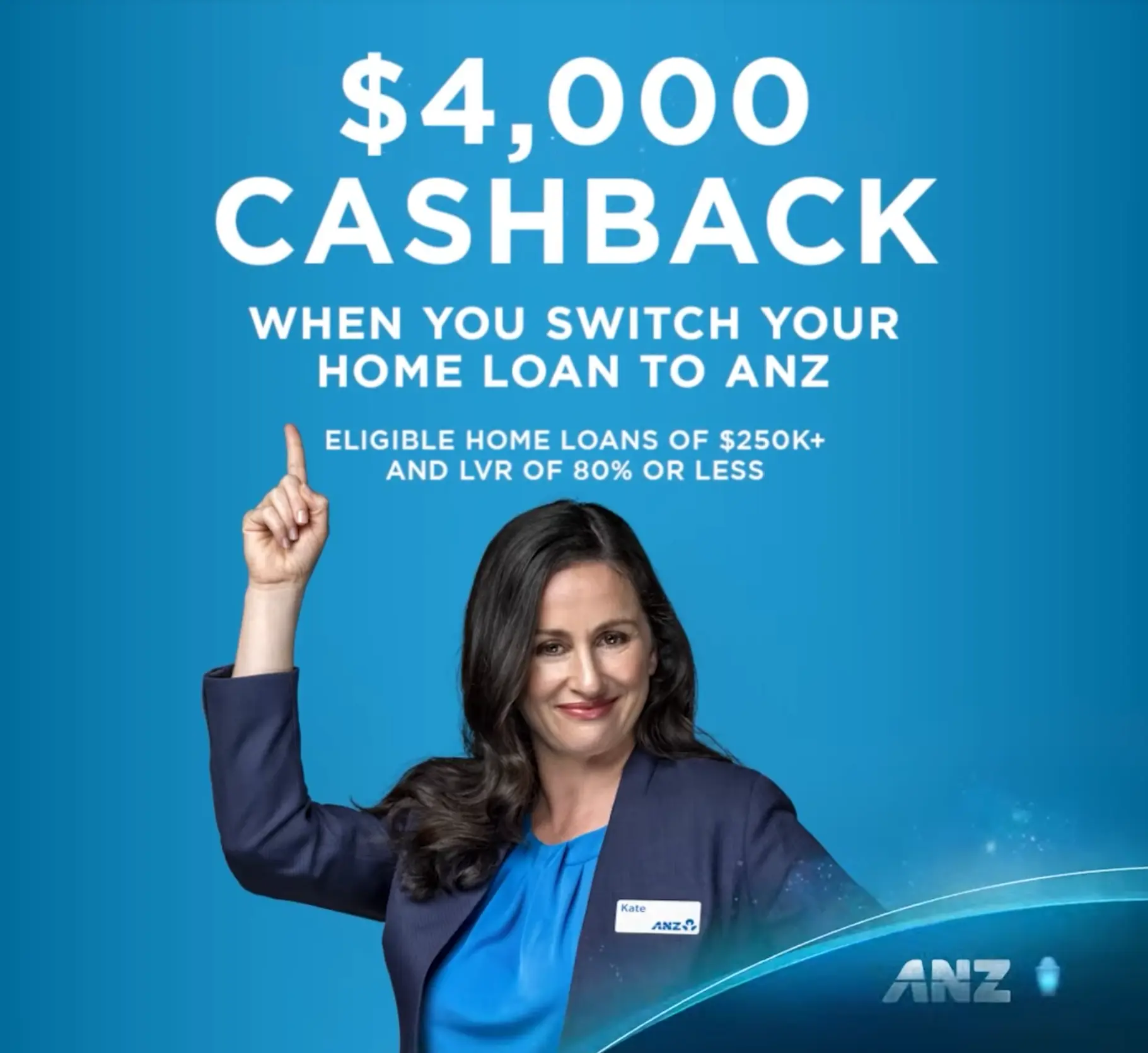Stop Loss Orders: Risk Management or Missed Opportunity?
Some brokers offer their clients the option to place a stop loss order on a holding. The purpose of a stop loss order is to let the investor specify a share or unit price that they would want their investment automatically sold at. It is intended to be a risk management tool to protect an investor against significant losses.
For example, if you bought a share at $60, and you set a stop loss at $20, the broker will automatically sell your holdings if the price falls to $20. While not ideal, at least you saved part of your capital, right? The alternative argument is that you just locked in your losses. An investor would use this functionality as a risk management tool. They would set an order to limit the loss on a certain position at a specified level. For a position that has appreciated, the stop loss order could be used at a price above the purchase price.
Why I Don’t Use Stop Loss Orders
There are several reasons I would not use a stop loss order in my own portfolio. I will outline my thoughts and then get to some specific questions from the reader.
Price and Value Are Not Synonymous
The first is that a drop in the price of an asset isn’t always indicative of the value of the asset. In fact, most of the time it is due to market volatility rather than a reflection on the value of the asset. If price and value were always the same, there would be no point in investing in individual shares. To accept that there are sometimes large variations between price and value means a stop loss order could automatically sell a share for far less than it is worth. That is not a formula for investing success.
Does the Original Thesis for Your Investment Still Stand?
When you buy a share or ETF it should be because you have a thesis as to why this particular investment is attractive and will help you achieve your goals. This thesis should not be that you want the price to go up. That is the ultimate outcome you desire, but the thesis should explain why you think the price will go up. Having a thesis about ‘why’ something will happen is what separates an investor from a speculator.
Price movements over the short-term may not relate to the validity of your long-term thesis. Personally, I’m much more comfortable reassessing my thesis than having an automatically triggered sale based on price movements.
Are Price Movements the Only Thing That Matters?
They are not. Some investors are trying to generate income from their portfolios, and a stop loss order would lower the amount of income generated by a portfolio. A shareholding with a safe and growing dividend could be sold automatically based on price movements.
Some investors are simply trying to beat the market, which means a stop-loss order selling a position at a 5% loss would seem counterproductive if the market had fallen 10%.
Reader Questions
Is There a Difference When Applying Stop Losses to Australian Shares, Overseas Shares or ETFs?
Technically there isn’t a difference as in each case the investor would define a price that the share or ETF would automatically be sold. For an overseas share, because the stop loss order would be in the local currency of the share, that wouldn’t necessarily protect you from losses in Australian dollars. If the local currency appreciated against the currency the share was trading in, you could experience losses without the stop loss order being triggered.
In the case of an unhedged ETF that is investing in foreign shares, the stop loss order could be triggered because of currency differences rather than movements in the underlying shares. This would still be a loss for you as an investor, but the driver of that loss would be currency changes. Something to keep in mind.
The Consequences of an Unintentional Stop Loss Execution
- Transaction costs: You’ll pay brokerage on the way out, and if you wanted to get back into the market, you would pay it on the way in. You’d also cop buy/sell spread.
- Tax implications: If your investment has appreciated and your stop loss is above your cost basis, you will incur tax for the sale. If it is a capital loss, you may be able to net this against capital gains for the year – but this forces your hand.
- Behavioural risks: It's hard enough staying invested. It's even harder to get back invested in a volatile market. Missing the best days in the market can drastically reduce long-term returns.
- Slippage: Your stop loss might be executed at a worse price than expected during volatility or low liquidity, resulting in a disappointing sale price.
Is There a Place for Stop-Loss Orders?
As long-term investors, we exchange short-term volatility for higher expected long-term returns. It is normal to feel anxious during volatility, but to be successful we need to limit the poor behaviour of selling low and buying high.
It is very easy to engage with a function like stop-loss. It takes the pain away and ensures that you at least maintain some of your capital. If you use it to lock in a loss or a gain, you are potentially giving away long-term success to feel better over the short-term.
I see these as tools for traders. I prefer to focus on the long-term. I only sell my investments as part of a thought-out process that considers my financial goals, instead of a knee-jerk reaction.
























